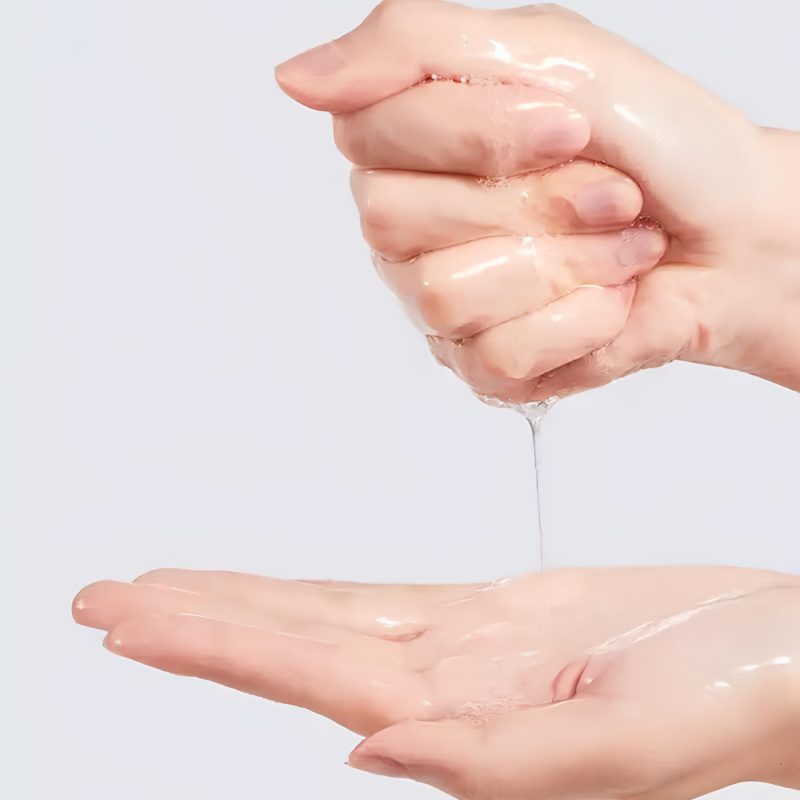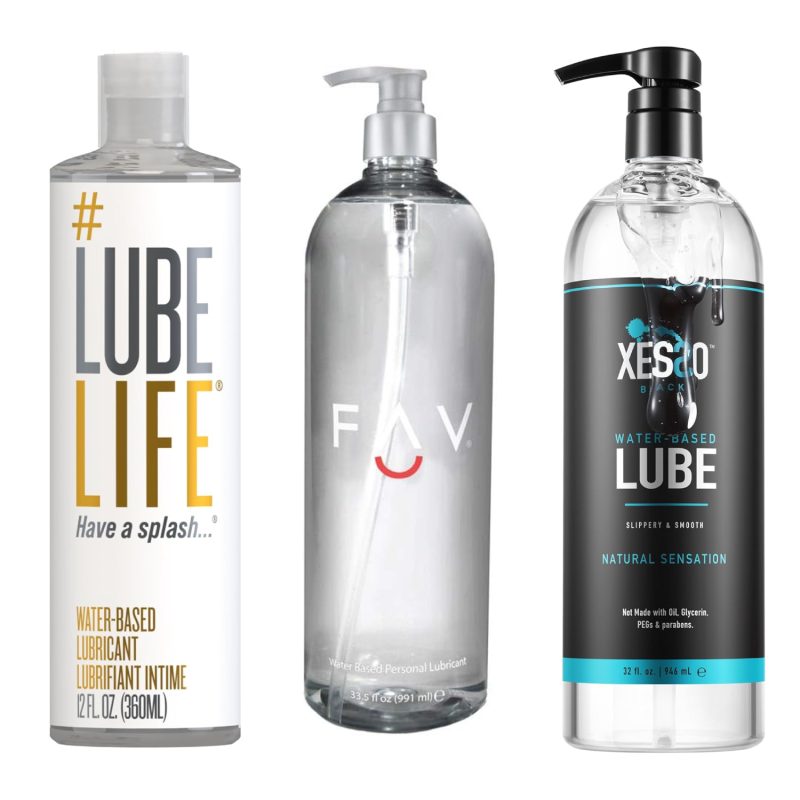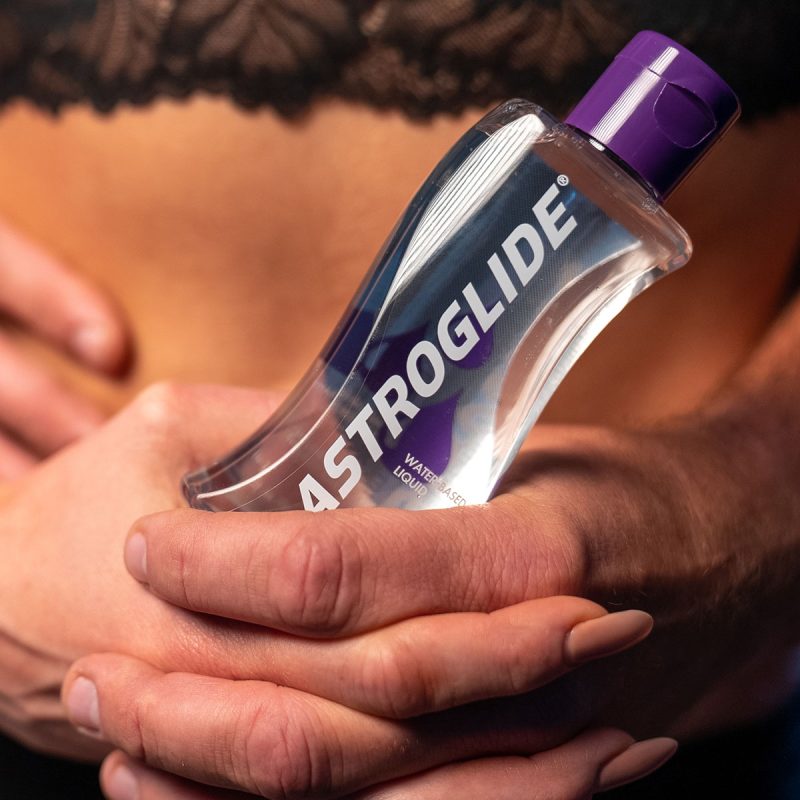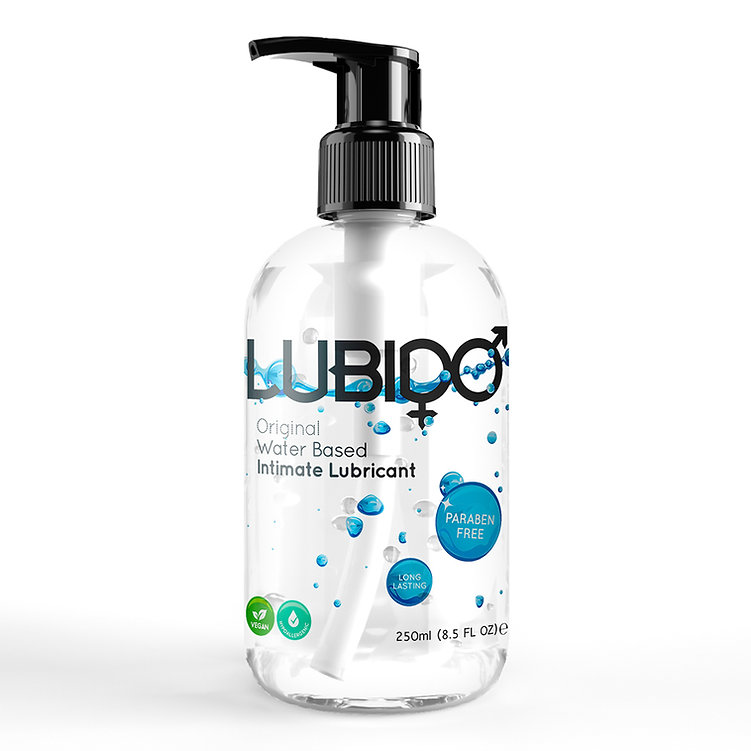Sex Doll in Use
Everything You Need to Know About Lubricants for Sex Dolls
After being intimate with your doll, you’ll carefully clean her vagina and dry it thoroughly. Afterwards, you might place your doll on a chair or hang her on a storage stand until the next time you’re together in bed. Because you thoroughly cleaned the vagina after your last session, it can sometimes feel a bit dry. Neither you nor your doll would want a rough entry—it can be uncomfortable or even painful. That’s when you’ll wish you had a good bottle of lubricant close at hand.

Table of Contents
The Role of Lubricant
As mentioned above, the main function of lubricant is to reduce friction and discomfort during penetration, whether vaginal or anal, and to enhance pleasure. Lubricants help protect delicate tissues from damage or abrasion and can even help prolong intercourse.
Lubricants are also useful for other sexual activities, such as masturbation or using sex toys—and, of course, for sex dolls. I strongly recommend that every doll owner use lubricant. It not only protects both you and your doll but also makes the entire experience much more enjoyable.
Additionally, lubricants can be particularly helpful for older men dealing with erectile dysfunction, as they can help improve sexual performance and stamina.
Types of Lubricant
There are many types of lubricants, and technically, any oily substance could be used as one. Have you ever heard of people using butter, hand cream, or even Vaseline as lube? Sometimes, people even use saliva as a quick fix. However, using the wrong lubricant can have serious consequences—it may damage your doll, or even cause allergic reactions in you. That’s why choosing the right lubricant is so important.

Before you get started, it’s important to understand the main types of lubricants:
Water-Based Lubricants
Water-based lubricants are the most common and versatile choice, and they’re also the most recommended option for dolls and sex toys. They are affordable, non-staining, and easy to clean, and are available in both liquid and cream forms. Whether your doll is made of TPE or silicone, water-based lubricant is the safest choice because it won’t damage the material.
However, according to some user feedback, water-based lubricants tend to dry out quickly—sometimes losing their effect in just 4–5 minutes—and can become sticky over time. When using a water-based lubricant, reapply as soon as you notice dryness or stickiness. Additionally, you may want to opt for a thicker, gel-like water-based lubricant, as these usually last longer than thinner liquid formulas.

Oil-Based Lubricants
Oil-based lubricants like Vaseline are made from mineral oil. They usually last longer than water-based lubricants, but their lubricating effect isn’t as smooth. Oil-based lubricants are also much harder to clean up and are less convenient to use.
Since it’s already difficult to thoroughly clean a doll’s vagina, oil-based lubricants only make this harder. Even though silicone material has a lower porosity, some lubricant will inevitably seep in and remain inside, and this is even more pronounced with TPE dolls. As a result, harmful bacteria can stay inside the doll’s vagina for a long time, increasing the risk of yeast infections or other health issues for the user.
More importantly, according to real experiments shared by Reddit users, mineral oil can damage TPE dolls over time, causing the material to become softer and looser.

For the safety of both you and your doll, it’s not recommended to use oil-based lubricants with either TPE or silicone dolls. If you do use an oil-based lubricant, be sure to clean thoroughly afterwards, as any residue can increase the risk of bacterial infection.
Silicone-Based Lubricants
Silicone-based lubricants are renowned for their long-lasting performance and durability. Compared to other types, they have a thicker texture and provide excellent lubrication. Thanks to their waterproof properties, silicone-based lubricants maintain their effect for the longest time and rarely dry out—a small amount goes a long way. However, they are more expensive and difficult to clean, often requiring a specialized cleanser.
Because they are made from silicone and oils, when liquid silicone oil comes into contact with solid silicone (such as a silicone doll), the lubricant acts as a plasticizer. The doll can absorb it, causing the surface to swell. This may lead to small bumps where the lubricant touches the doll’s skin, and in severe cases, can cause tearing, seriously damaging the doll’s appearance and lifespan.
TPE material is highly porous, so when using silicone-based lubricants, silicone oil can seep into the pores, posing a similar risk of bacterial growth. Additionally, since manufacturers use different formulas for TPE dolls, there’s no guarantee that TPE will be compatible with silicone oil, which may result in degraded material performance. Moreover, silicone oil can act as a softener for TPE, so prolonged use of silicone-based lubricants will reduce the hardness of the material and damage the doll over time.
Other Types of Lubricants
Hybrid Lubricants: These are a blend of water-based and silicone-based ingredients, offering the easy cleanup of water-based lubricants and the long-lasting effect of silicone-based ones. However, they tend to be more expensive. When using hybrid lubricants with dolls, be cautious—since they contain silicone, there is still a risk of chemical reactions that could damage your doll’s material.
Concentrated Lubricants: These lubricants need to be diluted before use, allowing you to adjust the concentration to your personal preference. They offer great value for frequent users, as a single bottle—once diluted—can last for many uses. However, be sure to store them in a dedicated container to prevent any unused lubricant from deteriorating over time.
Where to Buy Lubricant
Only water-based lubricants are recommended here, as using any other type of lubricant carries potential risks.
Amazon
You can find many good lubricants on Amazon, often at reasonable prices. But be sure to check the main ingredients before buying—don’t let a careless mistake damage your doll.

Astroglide
Personally, I highly recommend Astroglide, a company that specializes in lubricants and has won a devoted following among doll owners. Many users recommend Astroglide in our posts about lubricants, although it is a bit more expensive. If you enjoy slow, extended sessions, Astroglide is definitely worth a try.

Lubido
Lubido is another excellent choice, especially for UK-based users. It’s a popular local brand, though their official website notes that they only ship within the UK. If you’re outside the UK, you can still purchase it through Amazon.

Although it shares the common issue of water-based lubricants becoming sticky over time, Reddit user ConfectionThat8518 offered an effective tip. I think this method can help prevent stickiness not just with Lubido, but with any water-based lubricant.

Others
Other reputable water-based lubricant brands include K-Y, YES, Durex, and more. Just search “water-based lubricant” on Google or Amazon, and you’ll see these brands at the top of the results—so I won’t go into detail here.
One last reminder: only water-based lubricants are guaranteed not to harm your doll. Any lubricant containing mineral oil or silicone can damage the doll’s surface, so use these with caution!
How to Use Lubricant Safely
Always wash your hands thoroughly before using any lubricant. Squeeze a small amount of lubricant onto your hand, rub your hands together to warm it up, and then apply it to your penis or around the doll’s vaginal area. Start with just a few drops, and adjust the amount based on what feels comfortable.
If you’re using a lubricant with any scent or added ingredients, always perform a patch test first—apply a small amount to your arm or elbow and watch for any reactions before using it on sensitive areas. If you’re concerned about your doll, you can do a similar test on an inconspicuous spot of the doll and wait at least 24 hours to check for any adverse effects.
After use, make sure to seal the lubricant container tightly and store it away from direct sunlight and high temperatures. Additionally, regardless of the type of lubricant you use, regularly check your doll for any signs of damage or cracks. If you notice any issues, stop using the lubricant immediately and make the necessary repairs.
Now that everything is ready, it’s time to enjoy your private, intimate moments with your doll!
Conclusion
No matter if your doll is made of TPE or silicone, water-based lubricant is the only truly safe choice.
While TPE dolls do require regular oiling for maintenance and oil-based lubricants might not cause serious damage in the short term, long-term use can make TPE material harder. Additionally, because oil-based lubricants are difficult to clean, they can allow bacteria to remain inside both TPE and silicone dolls for extended periods, posing a risk to your health.
Silicone-based lubricants should never be used on silicone dolls, as they will definitely cause damage. They can also affect TPE material and increase the risk of bacterial infection for users, so silicone-based lubricants are generally not suitable for any doll.
Choosing the right lubricant is crucial—not only for your pleasure but also for the safety of both you and your doll. Don’t let a poor choice of lubricant ruin an otherwise wonderful experience.



